The 5W20 is a lower temperature oil whereas the 10W30 performs best at higher temperatures.
The 10W30 is apparently more viscous at both high and low temperatures. The 5W20 helps the engine to start better and the 10W30’s job is to help the engine run more efficiently.
If you are worried about what engine oil to use in your car, you’ve come to the right place. Let’s check out the in-depth key differences between the 5W20 and the 10W30 engine oil.
What is 5W20?

5W30 is a multi-grade, synthetic engine oil designed to protect your engine at various temperatures. With a viscosity index of 160, this engine oil is comparatively thinner and is best suited for cold temperatures.
5W20 is widely used in lightweight diesel engines across the globe. The oil also provides additional protection to the engine compared to other similar-grade oils.
Let’s meet the 10W30
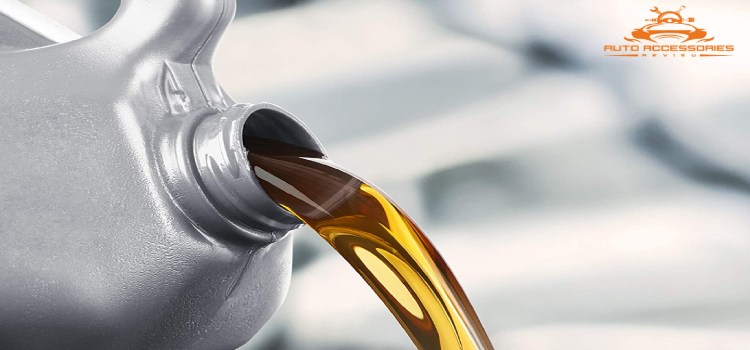
The 10W30 is also a multigrade synthetic engine oil designed for heavy-duty engines. This thicker oil works well in hotter temperatures and comes with a viscosity index of 140. The oil is also used frequently in older cars.
The 10W30 is especially good at vibration absorption. It has an apparent viscosity like a SAE10 oil at 0ºC and like a SAE30 grade oil at 100ºC that’s not good for modern-day passenger cars.
5W20 Vs 10W30: How do they differ?
1. Viscosity
5W20
Viscosity refers to a fluid’s resistance to flow. For normal liquids, viscosity refers to the actual density of the liquid.
The case is slightly different for multigrade engine oils. Here’s how the engine oil viscosity works –
These oils may look more viscous, but the viscosity can change depending on the temperature. The apparent viscosity of the 10W30 is higher than the 5W20, meaning the 10W30 will seem more viscous at both high and low temperatures.
10W30
With a higher apparent viscosity at higher temperatures, the 10W30 engine oil has a slight advantage over its competitor. The oil works like a SAE10 weight oil at 0°C and like a SAE30-grade oil at 100°C.
With a viscosity index of 140, this oil provides necessary lubrication in heavy-duty vehicles and is particularly recommended for older cars and vehicles that are used to transport heavy loads.
2. Use
5W20
Due to the apparent viscosity, the 5W20 is especially suited to lighter petrol and diesel engines. They work best at lower temperatures and are commonly used in colder regions as a result.
Most modern-day cars use oils like 5W20 to improve the overall performance of the engine.
10W30
This thicker oil is specially designed to protect your engine in hotter regions. They are less efficient in cold temperatures. The additional thickness of the 10W30 helps it to offer better protection to your engine in hotter temperatures.
The 10W30 is suited to take care of older and heavy-weight transportation vehicles. They are not commonly seen in modern cars.
3. Fuel economy
5W20
Fuel economy also depends on the viscosity of the engine oil you are using. It is said that the thinner the oil, the better the fuel economy tends to get; but it’s not as simple as that.
Thinner oil helps to safely start the engine at low temperatures whereas thicker oils help the engine run better at higher temperatures.
10W30
The thinner oil may help your engine to perform better, but the thicker oils will offer better protection to your engine, you’ll need less frequent oil changes, and your fuel economy will slightly improve as well.
We are taking this round as a draw as both the oils provide better fuel economy through a unique process.
4. Suitable temperature
5W20
By far, you’ve already known that the 5W20 is designed to help your engine start efficiently in colder temperatures. The oil works like a SAE5-grade oil in lower temperatures, usually when it’s freezing outside. It acts like a SAE20 oil in the operating temp of the engine.
The oil can offer satisfactory performance within temperatures ranging from -30°C to 35°C,
10W30
The 10W30 Is a summer season oil and protects your engine from excessive heat. It can’t perform well in colder temperatures like the 5W20. The oil works by providing lubrication, vibration absorption, and heat protection instead.
This thicker oil can work in temperatures ranging from -18°C up to 30°C.
5. Price
5W20
Our two contestants also perform similarly when it comes to the price. There are a lot of oil companies making engine oil and the prices vary depending on the car’s model and manufacturer. For a 1QT bottle of the 5W20, you’ll need to spend around $5-25.
10W30
Despite being designed for completely different environments, the 10W30 is similarly priced to the 5W20. You will be charged almost the same for both the 5W20 and the 10W30 ($5-25).
Remember, not all 10W30 oil will give you the same performance, or come at the same price. The performance, formula, and price change depending on the manufacturer.
Key Differences Between the 5w20 and the 10w20 Engine Oil at a Glance
| Subject | 5W20 | 10W30 |
| Viscosity Index | 160 (Higher) | 140 (Lower) |
| Flash Point | 230ºC | 210ºC |
| Key feature | Cold weather starting | Sealing |
| Usage | Lightweight and diesel engines | Heavy-duty, load-hauling engines |
| Temperature range | -30ºC to 35ºC | -18ºC to 30ºC |
| Viscosity at low temp | Thinner | Thicker |
| Viscosity at high temp | Thinner | Thinner |
| Best for | Winter season | Summer season |
5W20 vs 10W30: Which one to choose?
If you live in a colder region where the temperature gets below the freezing temperature, the 5W20 will be the better choice for you. That way, the engine will start more easily and work more efficiently. The 5W20 is perfect for lightweight petrol and diesel engines.
On the other hand, if you are living in a place where the temperature is hotter, you run a heavy hauler, or you want additional vibration absorption quality in your engine oil; the 10W30 will be the better choice.
However, we strongly recommend that you stick with the instructions that came with the user manual. Your car manufacturer knows more about your car than you do and you might end up damaging the engine if you use the wrong kind of engine oil.
FAQs
1. Which is thicker; SAE 30 or 10W30?
Ans: SAE 30 is a monograde engine oil, meaning the oil has only one viscosity. The 10W30 is a multigrade engine oil with two apparent thicknesses. However, both the SAE30 and the 10W20 oil perform almost identical in higher temperatures.
2. Can I mix the 5W20 oil with the 10W30?
Ans: You shouldn’t. Technically you can mix your 5W20 oil with the 10W30, but that won’t give you any distinctive advantage. That’s why we don’t recommend mixing these two oils together. This might cause you more harm than good.


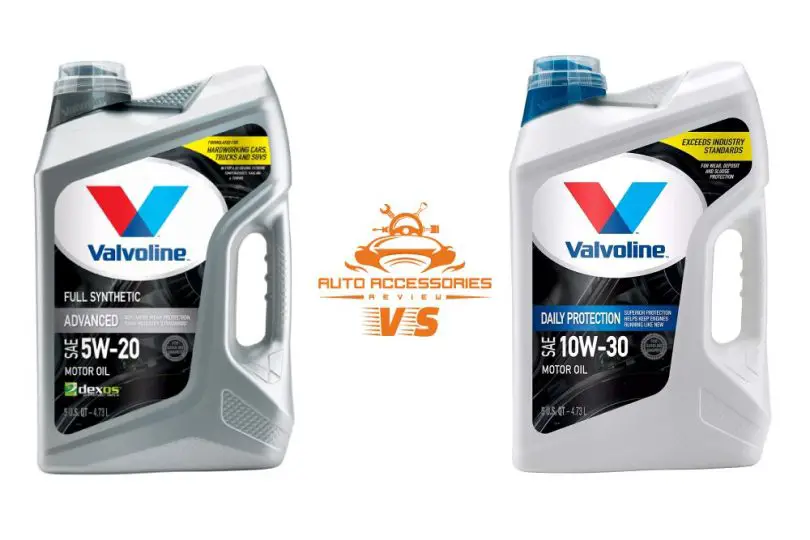
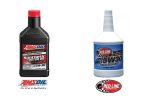
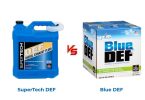


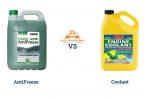


Leave a Comment